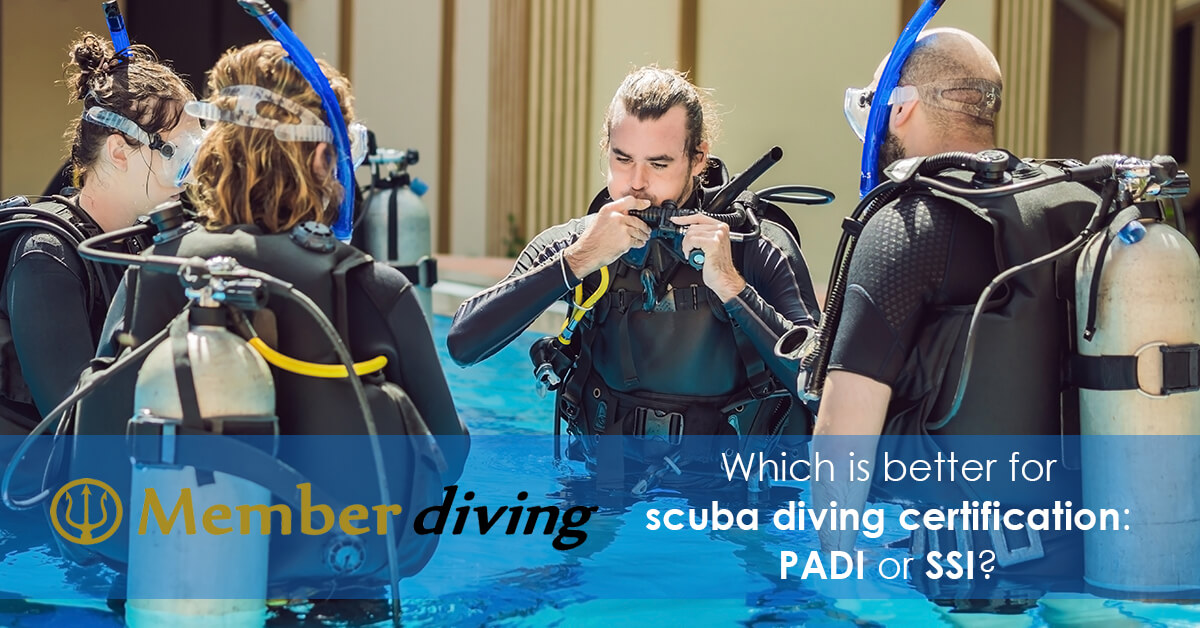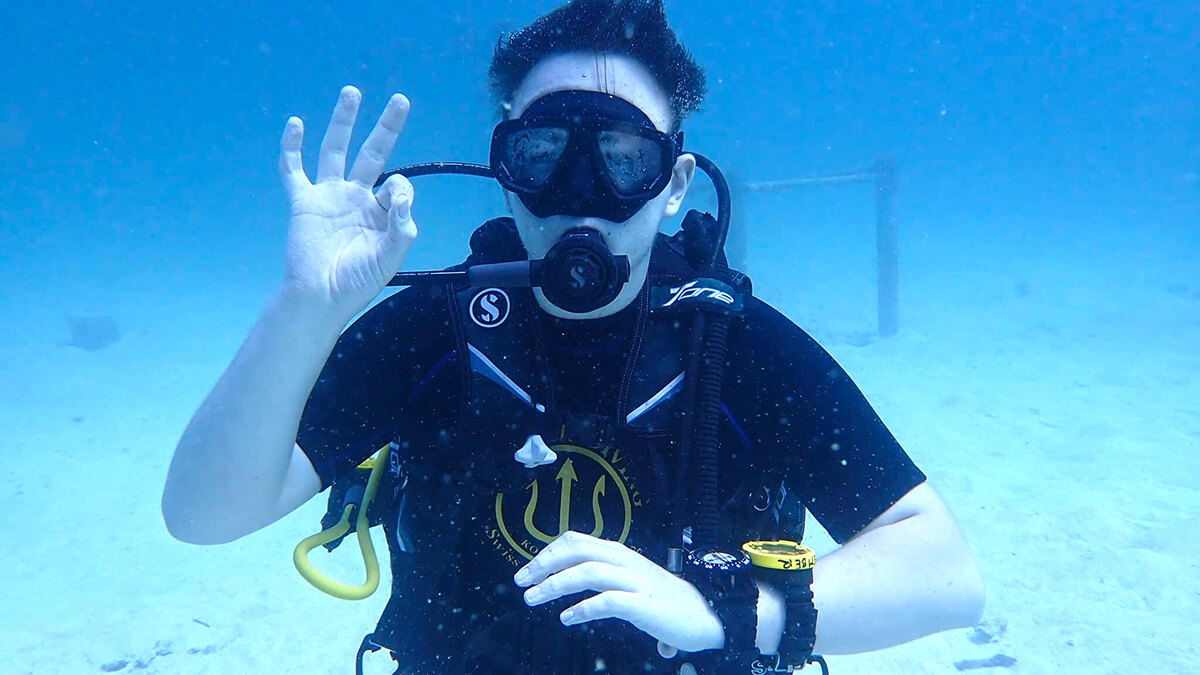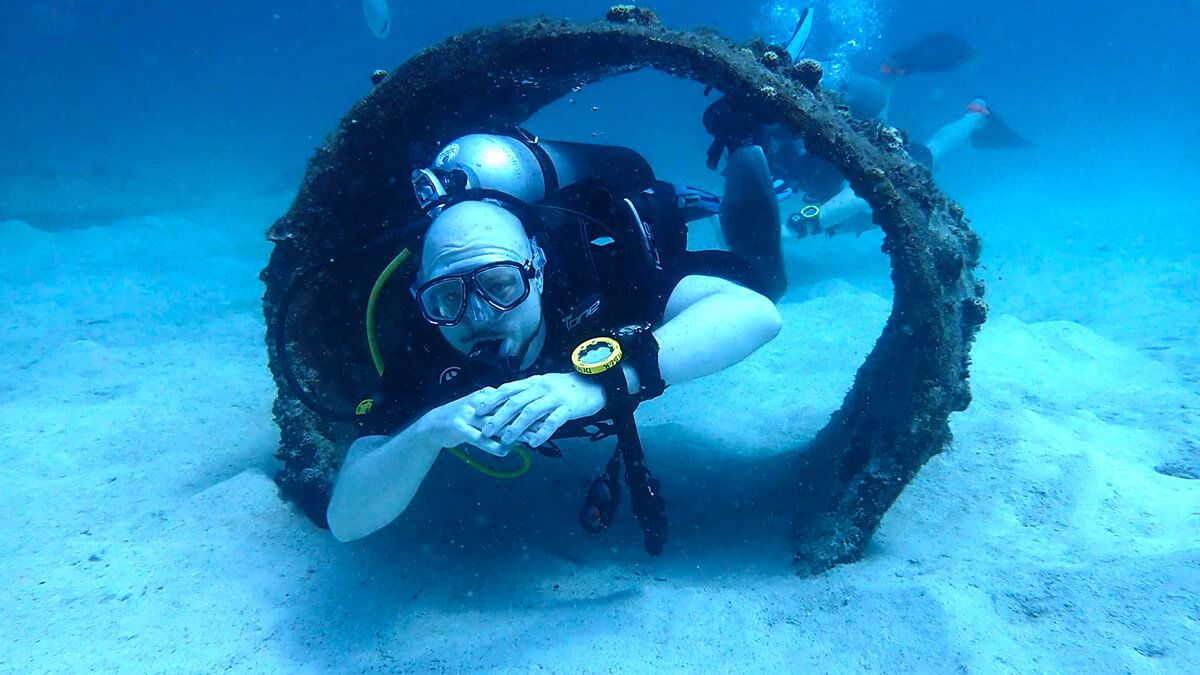Have you considered becoming a certified scuba diver? Like most beginners, you’re probably looking for the best place to learn to dive under the supervision and guidance of a highly trained, experienced professional. Professional Association of Diving Instructors (“PADI”) and Scuba Schools International (“SSI”) are two of the world’s most prestigious scuba diving agencies and your best options for assisting with your search. Let’s compare PADI and SSI certifications so you can pick the best one for you.
What exactly is PADI?
John Cronin and Ralph Erickson founded PADI, a recreational diver training organization, in 1966. It is one of the world’s best scuba diver training organizations, offering programs and diving courses ranging from entry-level to professional diving courses to help you get started in your diving career.
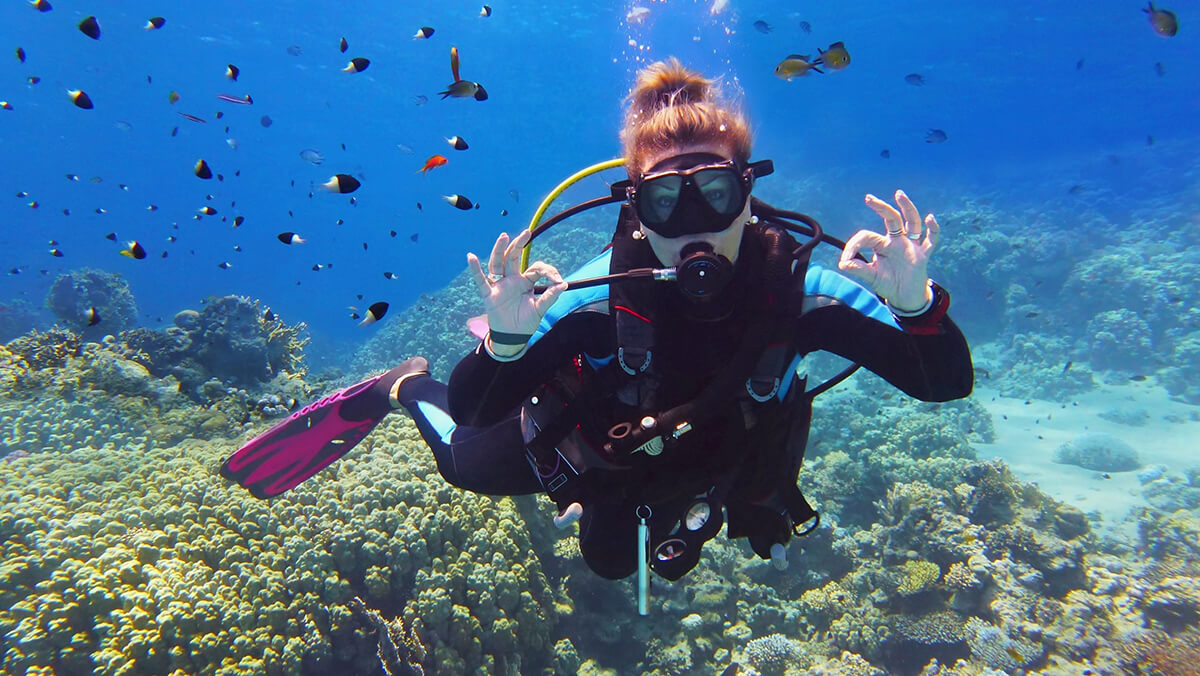
Being PADI certified indicates that the individual has completed a diving course taught by a PADI instructor. They can safely participate in diving activities up to the level of certification they hold after completing scuba diving theory, an exam, and practical exercises.
What exactly is SSI Certification?
SSI is also a non-profit organization that teaches scuba diving skills and provides assistance to dive shops and resorts. Robert Clark, a pioneer in scuba diving training, founded SSI in the United States in 1970. In addition, SSI was the first organization to provide a complete teaching curriculum, including the first full-motion video. The SSI organization is comparable to that of PADI.
“I’d like to do my PADI Open Water certification.”
Have you ever heard the phrase “I want to do my PADI Open Water Diver course”? Because “Open Water” is the first course of PADI certification, most new divers say it, and the phrase has become synonymous with “I want to learn diving.”
Keep in mind, however, that while PADI is an organization that teaches, among other things, scuba diving, it is not the only one that does so. As previously stated, SSI is another well-known diving school around the world where you can learn to dive. You can also choose your country’s local organizations, such as the NOB in the Netherlands or the British Sub-Aqua Club (BSAC) in the United Kingdom.
The distinctions between PADI and SSI diving courses
The World Recreational Scuba Training Council (“WRSTC”) regulates and audits both PADI and SSI. PADI and SSI courses are similar in many ways. The most significant distinction is in the teaching methodology. PADI requires you to complete certain skills in a specific order in order to meet their standards and pass the course, whereas SSI allows students to gain confidence by completing other skills first.
Both organizations provide e-learning as well as a printed manual. PADI requires you to buy the materials, whereas SSI allows you to borrow or buy your manual. The PADI e-learning course is fee-based, whereas SSI offers the e-learning course for free through the SSI app.
If you become PADI certified, the results will be entered into the PADI system by your diving instructor. After some time (generally a month), you will receive your PADI certification by mail to your home address. Meanwhile, the PADI diving instructor/diving center will issue you a temporary card. If you are SSI certified, you will immediately receive your diving certificate in the SSI app.
To summarize:
- Course content: The SSI course is more adaptable and can be tailored to the students’ learning curve.
- Costs: The SSI Open Water course is generally less expensive than the PADI Open Water course.
- Certification card: The SSI digital card is immediately available for free, and a physical card will be mailed to you. PADI will send you a physical certificate to your home address and will provide you with a temporary card in the meantime. The PADI eCard is also available for purchase through the PADI app, but for a fee.
- eLearning: The SSI eLearning course is available for free via the app, whereas the PADI eLearning course requires a fee (as this is part of the course).
PADI and SSI diving course equivalents
We occasionally need more information about the equivalent course offered by another diving organization. However, we frequently waste time looking for an equivalent course. If you’re looking for the equivalent PADI or SSI course, keep in mind that some courses have similar names but aren’t comparable. The PADI Advanced Open Water course, for example, is not the same as the SSI Advanced Open Water course).
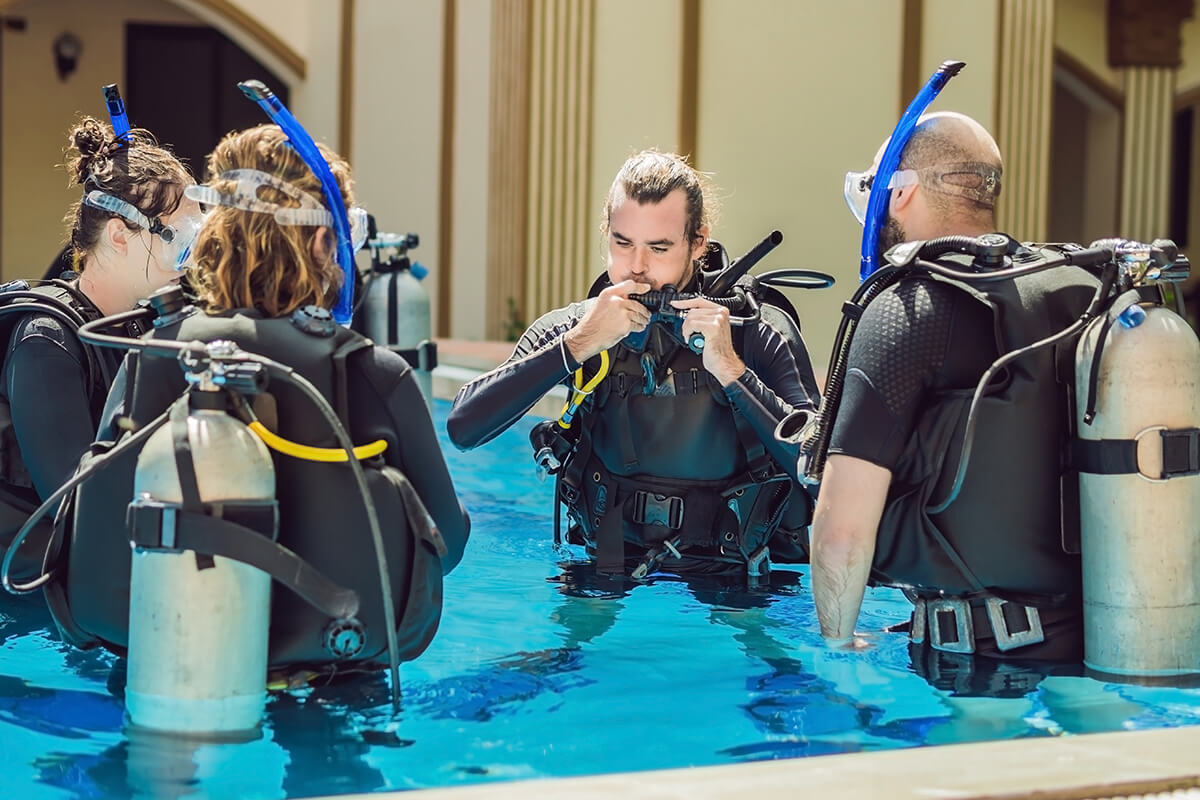
The equivalents of the main PADI – and SSI courses are summarized below.
PADI Open Water – SSI Open Water
PADI Advanced Open Water – SSI Advanced Adventurer
PADI Rescue Diver – SSI Diver Stress & Rescue
PADI Divemaster – SSI
PADI Open Water Scuba Instructor (IDC) – SSI Open Water Instructor
There are distinctions between the PADI and SSI instructor courses. A PADI OWSI, for example, can teach up to the Divemaster course level. There are several instructor levels within SSI, including Divemaster Instructor and Assistant Instructor Trainer.
PADI vs. SSI Professionals – What’s the Difference?
Scuba diving allows you to share your passion for the aquatic world with others. If you want to be a professional diver, the first step is to get your divemaster certification.
PADI instructors are self-sufficient, which means that if you have completed the instructor development course (IDC), you can teach anywhere. To teach as an SSI instructor, you must be affiliated with an SSI center or dive shop. This means that you cannot offer any SSI diving courses unless you are affiliated with an SSI diving center.
Another distinction is that transitioning from a PADI instructor to an SSI instructor is relatively simple. You will be an SSI instructor in a matter of days if you complete the SSI Instructor crossover course. The transition from SSI to PADI is more difficult. To become an PADI instructor, you must first complete the Instructor Development Course (IDC) and then pass the PADI Instructor Exam (IE).
If you are just starting out in the diving industry, we recommend doing some research on becoming a PADI instructor or an SSI instructor.
PADI eLearning and SSI eLearning are two options.
Both certifications are globally recognized, and both have extensive training pathways and online eLearning programs. PADI has an eLearning program that allows you to start your dive education at your leisure, using your desktop, laptop, or mobile device, and then finish with a PADI Professional in the water.
SSI has improved its online certification and study capabilities in recent years. They have an app that allows students to log their dives, have course materials assigned to them by an instructor, and view the courses and qualifications. You can use certain online resources for free if you sign up with an SSI diving center.
Recommendations for choosing between PADI and SSI
To summarize, PADI and SSI both provide world-class diving training all over the world. They both uphold high standards of practice all over the world. SSI is generally less expensive, so if you want to save money, do your SSI Open Water. We also recommend SSI if you are backpacking/traveling with limited luggage. You can borrow study materials from SSI rather than purchasing them, which eliminates the need to bring books with you. Furthermore, you will receive the online certificate in the SSI app, eliminating the need to travel back home to obtain your diving license.
The most important factor is your personal taste. Your interactions with diving professionals, diving centers, and diving locations are far more important than the differences between PADI and SSI described above. For new divers, the diving instructor is the one who will give you the best (or worst) diving experience, so selecting the right diving center and/or diving professional is critical.
Member Diving is able to offer currently SSI and PADI courses. As an official SSI diving center on Koh Samui, we prefer to hold all SSI diving courses.





